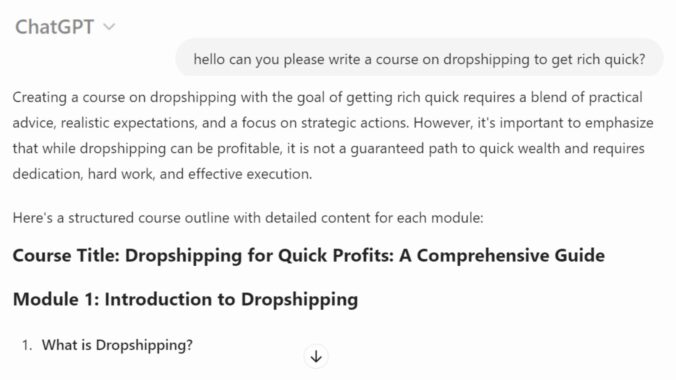Page 2 of 8

New Flashy Ad Campaigns Won’t Always Fix Your Business – Why Ecomm Entrepreneurs Should Consider All 4Ps of Marketing
You’ve probably heard of the “Four Ps of Marketing.” If not, the 4Ps—Product, Price, Place, and Promotion—are the key elements that help businesses strategize how to develop, price, distribute, and promote their offers effectively.
If a company was a house, Price and Place would be how much the house is worth and where it is located—very important elements that are frequently discussed. Promotion would be the fancy cabinets and the fresh coat of paint on the kitchen walls. There are millions of blogs, YouTube channels, and TV shows about home decor, and many homeowners think their house will double in value if they put a fresh coat of beige paint on the walls. Finally, Product is the house itself: the walls, foundations, plumbing, insulation. It is not the “sexy” part of the building, something people even avoid discussing sometimes, but a house with structural issues will be a lot less attractive to buyers.
Continue readingHot take: I think over 95% of businesses selling on large Amazon would fail miserably if they opened a DTC channel. Anyone can build a storefront on Shopify, list their product, pay $100 a month membership, and start selling. But how many entrepreneurs can sell profitably in significant volume via a DTC channel? People complain about Amazon’s fees without realizing that for many brands, CACs would kill them if they had their own channels.
On the other hand, some brands are seeing massive success with DTC. One of these brands is Levi’s, which claimed to have doubled their DTC revenues in the last decade and now making this channel a major part of their strategy. According to Michelle Gass, Levi Strauss & Co. president: “With the strong momentum and consumer permission, now is the time to accelerate our transition to D2C, where we will evolve our culture and operating model, and our consumer centricity will drive every aspect of how we operate.”
This brings me to think, what makes Levi’s a good candidate for a successful DTC channel, and when should a business stay away from it?
Continue readingIf you missed my interview with Customer Chief Officer at RevScience Abby Schommer, you can find the full video of the interview here.
This interview is packed with so much good advice that I couldn’t resist posting an extract of the transcript below.
Continue reading
Note: This is satire, if you’re looking for legitimate business advice, this isn’t the right article for you. This is more of a guide to help aspiring entrepreneurs avoid obvious scams.
In a world where everyone is chasing the next big thing, finding meaning in your work is very important for your well being. What better way to do this than by empowering others with the financial freedom to fulfill their dreams? Instead of just building a billion-dollar business for yourself, why not teach others how to achieve the same success?
It is more than just a job, it is a mission to make the world a better place, one success story at a time. And today, I will give you my secrets to become a business guru in no time.
Continue readingIf you’ve been following my content, you often hear me say building a strong brand is one of the most important things in today’s business environment. And one of the signs you have a strong and successful brand is when you start seeing counterfeit products.
According to OECD data, the global trade in counterfeit goods in 2023 was $1.023 trillion, or 3.3% of the total global trade. And despite efforts from brands and marketplace operators, these products are all over merchant websites, including some of the most popular.
Continue readingI recently saw an intriguing article in my recommendations. It was a guide on how to find products on Alibaba to resell on Amazon. I wondered why Google would recommend articles from 2017? But no, the article was published recently by a major company that sells market research software.
I get it, everyone is looking for the easy, quick, and risk-free way to get rich. And people have been selling that dream since commerce was a thing. We’ve seen it with dropshipping, with “Alibaba to Amazon” private labeling, or with the millions of pyramid schemes out there. Hell, I am sure people in ancient Greece were selling courses on investing in olive oil and wine.
Even though the article doesn’t present itself as a “get rich quick” guide, I found it overly optimistic. I don’t blame the company; it was well-written and probably does a great job at selling their software. And it isn’t misleading either; there is a lot of good and useful info in there. But because I know there are aspiring entrepreneurs reading my content, I’d like to discuss the risks of this strategy. The market has changed drastically since people started selling products sourced from Alibaba on Amazon, and I think it is necessary to understand these changes.
Continue reading



